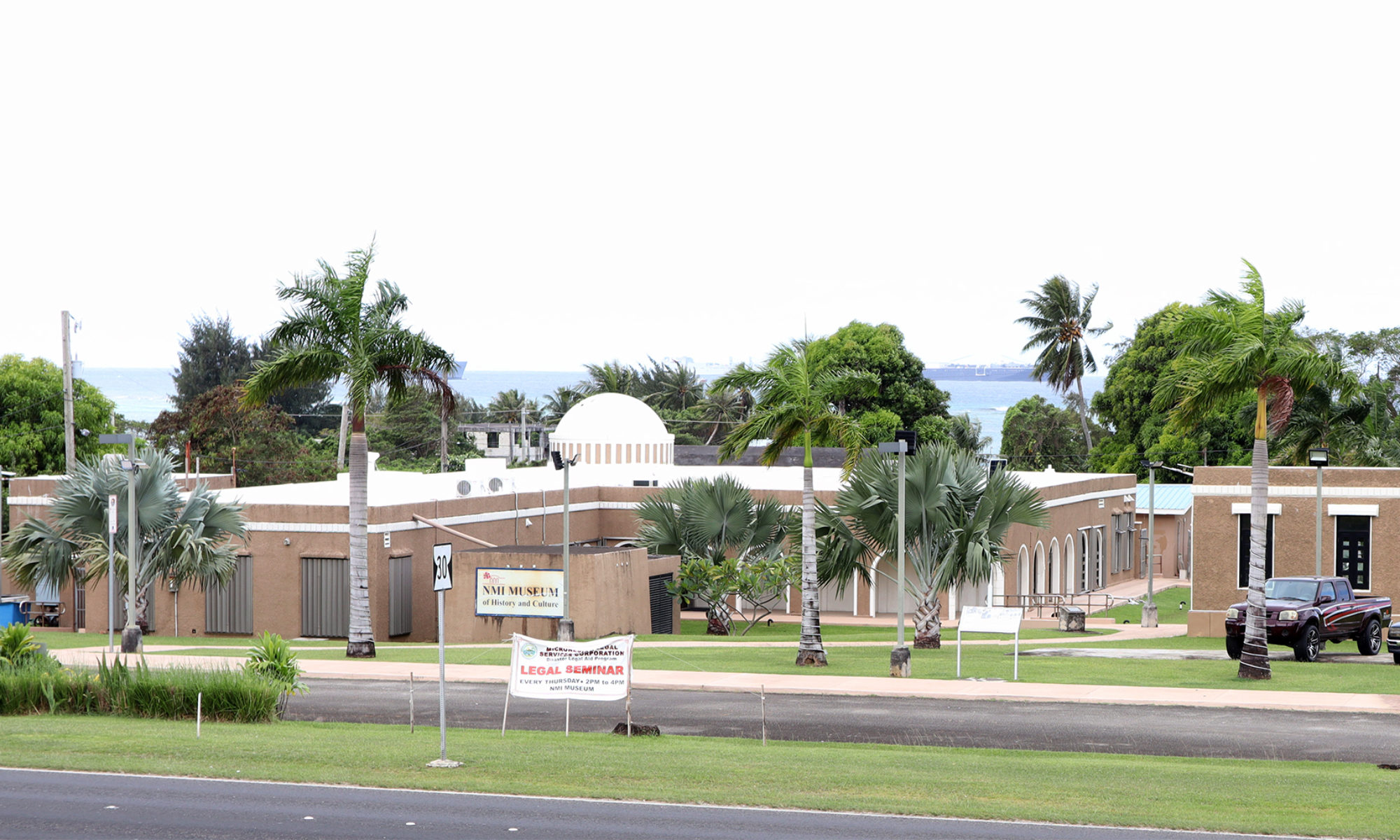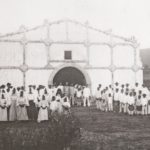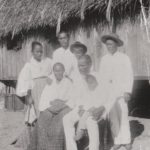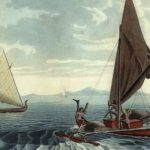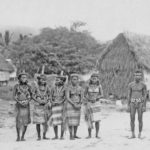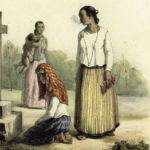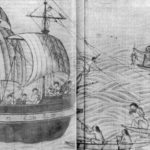The Spanish Period
The Spanish Period (1521-1899). The Mariana Islands became known to the European world following Ferdinand Magellan’s brief but fateful visit in 1521. These islands, which the Spanish disparagingly named Islas de los Ladrones, or Islands of Thieves, were claimed by the Spanish crown in 1565 and became important reprovisioning stops for galleons plying the trading route between Acapulco and Manila. A century later, in 1668, formal Spanish colonization of the islands began with the arrival of Jesuit priests who established a mission on Guam and renamed the islands in honor of the Queen Regent of Spain, Mariana de Austria. Over the next 30 years, the priests, supported by a small garrison of troops, sought to convert animistic Chamorros throughout the archipelago to the Catholic faith. Their efforts were successful and, by the early 1700s, Chamorros from the other islands of the Marianas were resettled into mission villages on Guam. Rota was the only other island that maintained a permanent population throughout the Spanish period. Intermittent warfare and exotic diseases, together with forced religious conversion and resettlement, however, tragically resulted in the loss of nearly 90 percent of the Chamorro population along with many of their traditional cultural practices and oral histories. In the early 19th century, Carolinian immigrants from the islands of the Central Caroline Islands located to the south of the Marianas established a village on Saipan which had been without a permanent population for more than a century. Unlike Chamorros, the Carolinians’ lifestyle and cultural traditions had not yet been altered by Spanish colonialism. They constructed sturdy trans-oceanic sailing canoes and employed a sophisticated navigational system that utilizes stars, waves, and wildlife to reach landfalls hundreds of miles away. Given their sailing and navigational skills, the Carolinians were utilized by the Spanish to transport passengers and cargo between Guam, the seat of the Spanish administration, and the other islands of the archipelago. Beginning in the mid-1800s, Chamorros from Guam also began resettling on Saipan. With the establishment of a Catholic Church in 1858, this combined settlement was christened San Isidro de Garapan.
